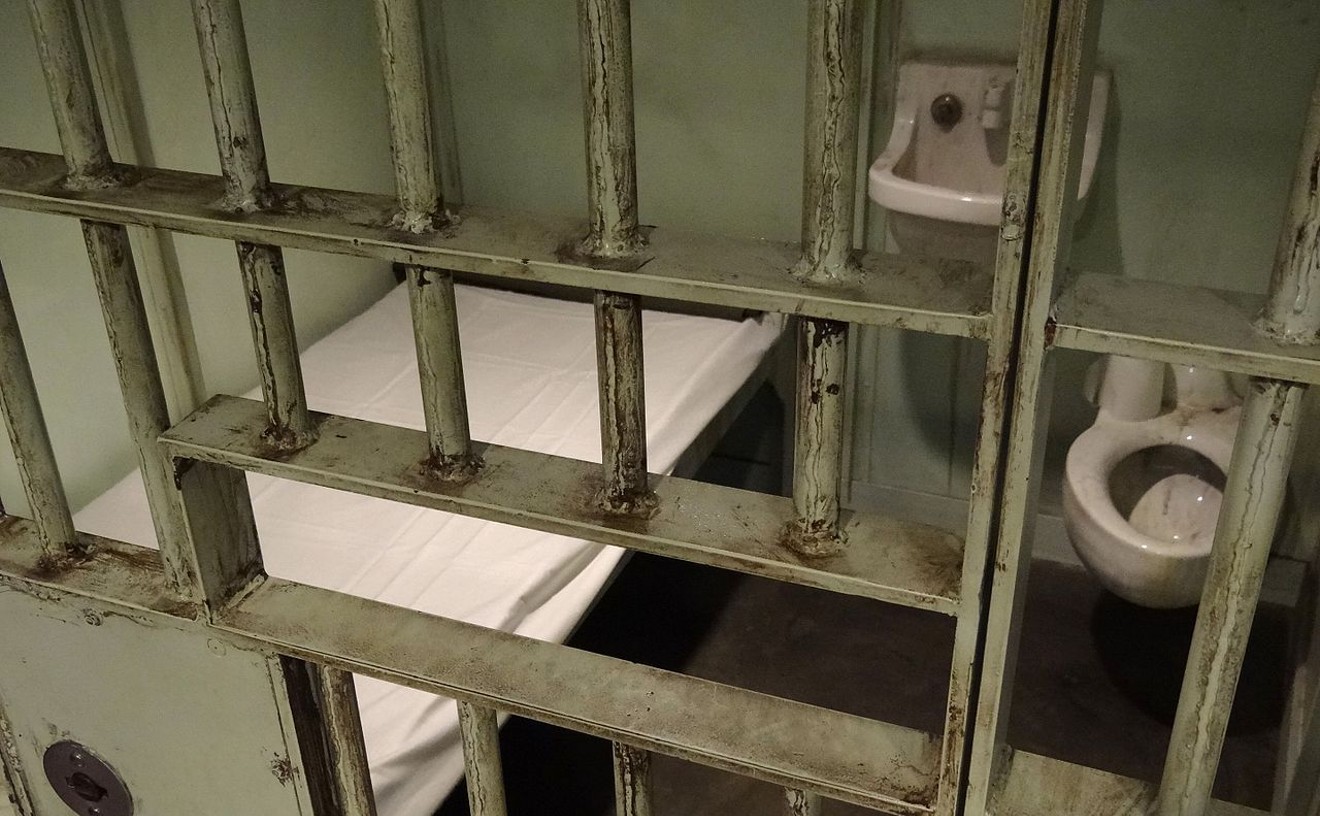I paid a visit today to the Margaret Hunt Hill suspension bridge construction site on the Trinity River because a frequent correspondent had expressed concern about the effects of recent heavy rains. His worry was about the two big pier footings right by the river's edge: When viewed from the Continental Bridge, the massive concrete pillars appear to be whomperjawed.
That is, they seem to lean crazily inward toward each other. He was worried that flooding had eroded them and made them lean.
I did see a serious pumping operation going on, trying to get water out of the cofferdam around one of the piers. But I don't think the water is making them lean. They're supposed to be whomperjawed.
I took some pictures of the footings from the Continental bridge and climbed around on the levees to get a better perspective; my slide show's here. I think if you compare these structures to the city's rendering of the completed bridge, the footings are probably about right. The point is that the whole bridge, designed by famous Spanish architect and engineer Santiago Calatrava, is supposed to be whomperjawed.
I mean, in a very real sense, whomper plus jaw equals Calatrava. Think about it.
What I found much more concerning, while I was out there ankle deep in muck, was the condition of the West Levee right where the footings for the bridge deck have been drilled down into the levee.
As you will see from these photos, the bridge footings already have caused serious erosion and damage to the levee. If we get a levee-to-levee flood, as we typically do at some point this
time of year, the levee right at that point is going to be totally unprotected.
I have included a photo of the levee at the other end of the bridge, on the east or downtown side, which is still sheathed in protective grass. The levee at the west end, in contrast, has been
gouged open by rain-water erosion. Think what a powerful scouring flood will do to that levee.
Also included here is a photo of some very funky-looking repairs that somebody tried to make by laying down timbers halfway up the levee. It looks as if they have been driving super-heavy equipment straight down the side of the levee and then across these timbers. The result is a mess.
By the way, also included here is a photo of some kind of pile-driving operation going on next to a puddle of water that has gathered on the land side of the West Levee right at the bridge construction site. One hopes we don't already have water coming underneath the levee.
The bad news for property owners next to this mess is that you can't sue the Corps of Engineers over flood control projects. The good news, according to at least one federal court in New Orleans right now, is that you can sue over a non-flood-control project that causes flooding. In New Orleans, it's a navigation canal that plaintiffs claim made their losses worse in Katrina. That make-believe suspension bridge sure isn't a flood control project. Just supposin'.











